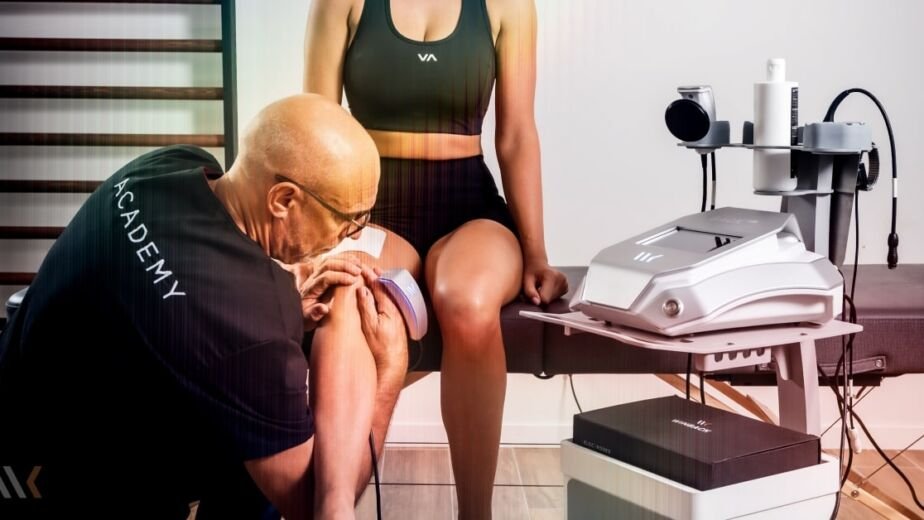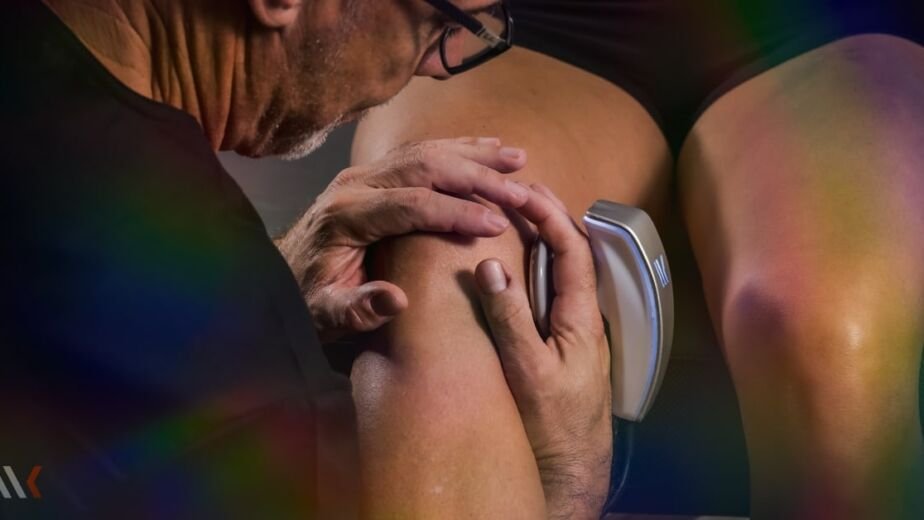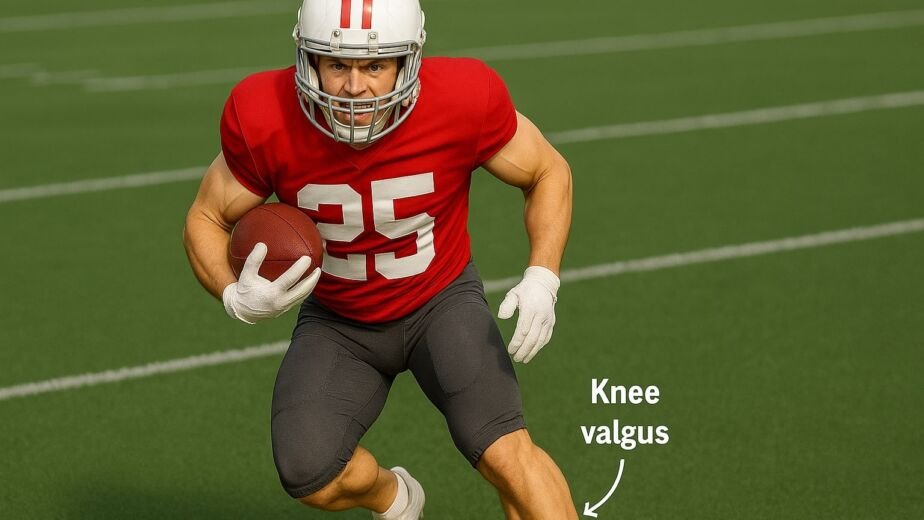The importance of achieving of terminal knee extension (TKE) following anterior cruciate ligament reconstruction (ACLr) is often one of if not the first goal for athletes as they begin their rehabilitative journey post-surgery. That, coupled with adequate vastus medialis oblique (VMO) activation is something most clinicians agree to be a foundational stepping stone for the rest of the recovery process for our athletes. When I was first able to begin using Winback’s Back4 and its new HI-EMS features, I quickly realized I was having a lot sooner success (and more comfortable) in reaching those goals. In comparison to traditional Russian E-Stim, the athletes I was working with frequently commented on how the focal EMS setting was a far more comfortable stimulus, and anecdotally I felt as though VMO activation was coming back sooner than when I utilized more traditional forms of E-Stim to achieve the same goal.

It was then when I came across an article Published in Timişoara Physical Education and Rehabilitation Journal, highlighting an experimental study in which knee flexion was examined in ACLr patients. The study looked at 10 ACLr patients, 7 men, 3 women; ages 24–44, who underwent ACL revision between January 24 and March 7, 2020 at the Fizionova Medical Recovery Center in Romania. They were split into 2 groups of 5, with each group going through an identical 6-week rehabilitation protocol, which progressed from inflammation control and passive range of motion in week 1 to active strengthening and endurance work by week 4. The only difference between groups was that the experimental group added TECAR therapy and muscle electrostimulation, applied either statically or dynamically at the start or end of sessions. What the results showed were that at both the 4 and 6 week follow ups, the group having physiotherapy and TECAR sessions had statistically significant increases in knee flexion range of motion compared to the group that underwent traditional physiotherapy alone. The authors concluded that incorporating TECAR therapy into early rehabilitation for ACL patients helped regain knee flexion faster than physiotherapy alone. They also argued that due to the analgesic effects and tissue repair benefits that TECAR is a useful adjunct to therapeutic exercises after ACL surgery.
Granted, this was a relatively small sample size with only a 6 week follow up, but still this article excited me for several reasons. I had been using the Winback’s TECAR with Hi-EMS in order to improve VMO activation and achieve TKE, but never considered how an EMS current could also influence knee flexion range of motion for the same patient. Now with the Back 4’s “Pushback+” EMS current, the frequency is modulated to better assist the body in ridding fluid from an inflamed or swollen joint. Utilizing this feature for my ACLr’s has allowed me to rid post-op swelling from the joint faster, not only increasing the ease at which my patients achieve TKE but also now allowing them to bend/flex the knee with less pain and stiffness. I am excited to continue to find new and innovative ways to incorporate TECAR, and more specifically my Back4 into treatments in order to better enhance the outcomes of my patients.





